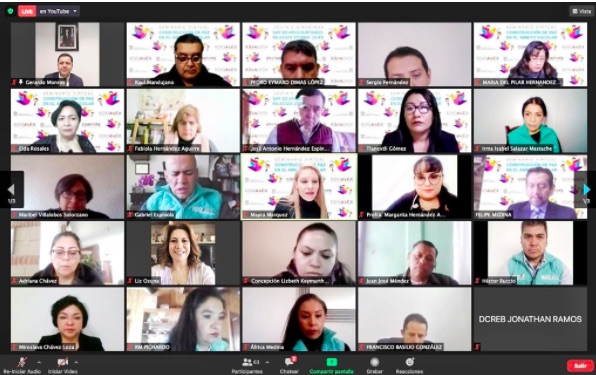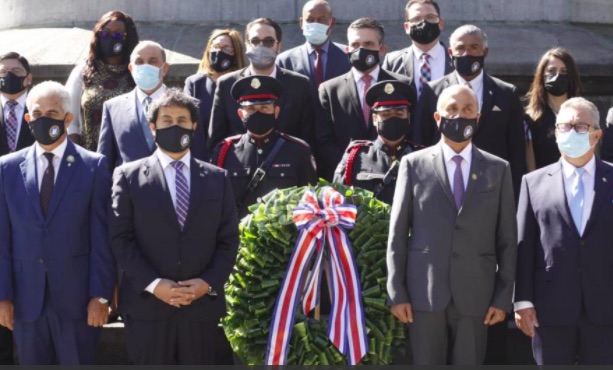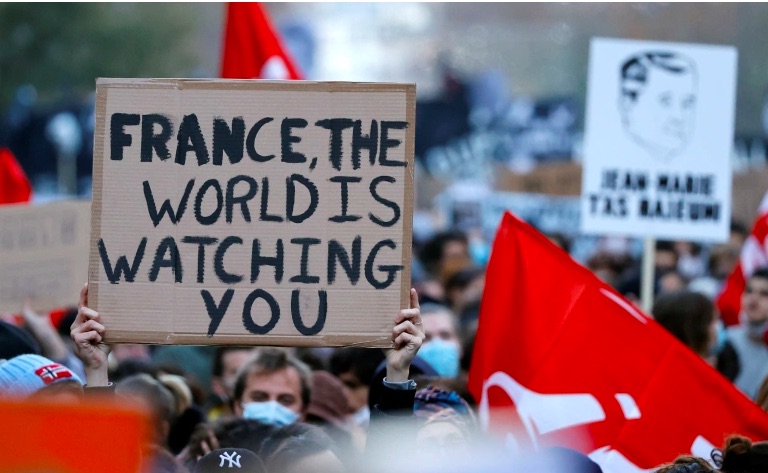Six years ago we carried in CPNN an article about Mexico by the great peace researcher Johan Galtung. He said, among other things, “At the national level an overarching program to prevent violence has been designed and enacted . . . grounded in a legitimate peace philosophy –one in which peace is constructed through the satisfaction of basic human needs- and is well equipped in scope and with enough budget and personnel to achieve transcending results by construction of peace infrastructures (i.e. mediation centers, academic degrees in peace for civil servants, etc.) and the buildup of a mediation-dialogue-conciliation culture. . . ”
Recent articles in CPNN show that the peace programs described by Galtung are continuing to develop.
Many initiatives are underway in the educational systems of Mexico.
At a national level, the Ministry of Education is training teachers, students and parents in violence prevention and school mediation. Recently the Council for School Coexistence (Convive) convened a virtual seminar with teachers to discuss Gender Equality, Human Rights, School Coexistence and Peaceful Conflict Management
In Baja California, more than 1,500 preschool, primary and secondary school teachers participated via zoom in the seminar called: “Socio-emotional education, child and adolescent participation and the culture of peace in Mexican schools”, convened by the Ministry of Public Education,
In San Luis Potosi, Training workshops and conferences for the elimination of violence against women., both face-to-face and digital, were carried out for 16 consecutive days for all personnel in the educational system.
At the Maguen David Hebrew School in Mexico City, high school students took part in a workshop on the natural relationship between the concept of Peace and Education and the importance of their own commitment to take actions in order to build peace. They collaborated in small groups to analyze thoughts and phrases of Martin Buber, Hanna Arendt, Paulo Freire and María Montessori,
At the level of higher education, the Benito Juárez Autonomous University of Oaxaca and the Honorable Congress of the State, have ratified a framework collaboration agreement to strengthen the Culture of Peace. And the University Family Development Center of the University of Colima, through the University Program for Culture for Peace, held the virtual forum “University Students Fostering a Culture of Peace”.
Other recent initiatives in Mexico include a General Directorate of Culture of Peace and Human Rights, an international congress on culture of peace by women, a festival of culture of peace, activation of networks of women peace builders, an initiative called “100 actions for peace” and the use of the principles of the culture of peace to prevent violence and care for its victims.
The Government of Veracruz has established the General Directorate of Culture of Peace and Human Rights in order to contribute to institutional strengthening through the design, implementation, conduct, strengthening and consolidation of public policies on culture and education for peace.
In Sinaloa, the III International Congress “Culture of peace by women: various worldviews; women and men for positive masculinities” involved prominent specialists in these issues.
A fifth edition of its Culture of Peace festival was announced to take place on December 20 in Valle Dorado, to support neighborhood youth, “as it is one of the neighborhoods with a high rate of violence” in Mexico City. Culture of Peace workshop were planned, focused on children, and the festival was to conclude with a concert of the Imperio de la Cumbia musical group.
217 members of the Networks of Women Peace Builders took part in a meeting convened by the Secretariat for Security and Citizen Protection in order to inform them about the progress in the fight against discrimination and gender violence.
The project “100 actions for peace” has been initiatied on a national level by the National Council of Civil Organizations for the Culture of Peace, in coordination with the International Committee of the Banner of Peace and the Center for Studies for Peace, Security and Development. The campaign aims for individuals to promise to carry out for each of 100 days, a conscious action that promotes the construction of Peace, with your partner, your family, or in favor of your community and country.
The principles of a culture of peace are being used to assist victims of violence and prevent its recurrence in Mexico. To help communities of people who live on the streets and who consume psychoactive substances, students and researchers from the National School of Anthropology and History and the Metropolitan Autonomous University have formed the “Colectivo Psicocalle.” The mental health of journalists, human rights defenders and / or their relatives who have been victims of violence is being addressed by the Mechanism for the Protection of Human Rights Defenders and Journalists in Mexico City. And in the context of the National Strategy for the Prevention of Addictions, the National Commission against Addictions and the Chair for Peace at the Guerrero Autonomous University have held more than ten workshops and free online conferences.
The culture of peace, as a way to counteract violence and addictions, confirms Galtung’s analysis quoted at the beginning. As he himself explained: “massive structural violence can only be addressed with massive peace policies.”
|
EDUCATION FOR PEACE |
FREE FLOW OF INFORMATION |
SUSTAINABLE DEVELOPMENT |
DEMOCRATIC PARTICIPATION |







